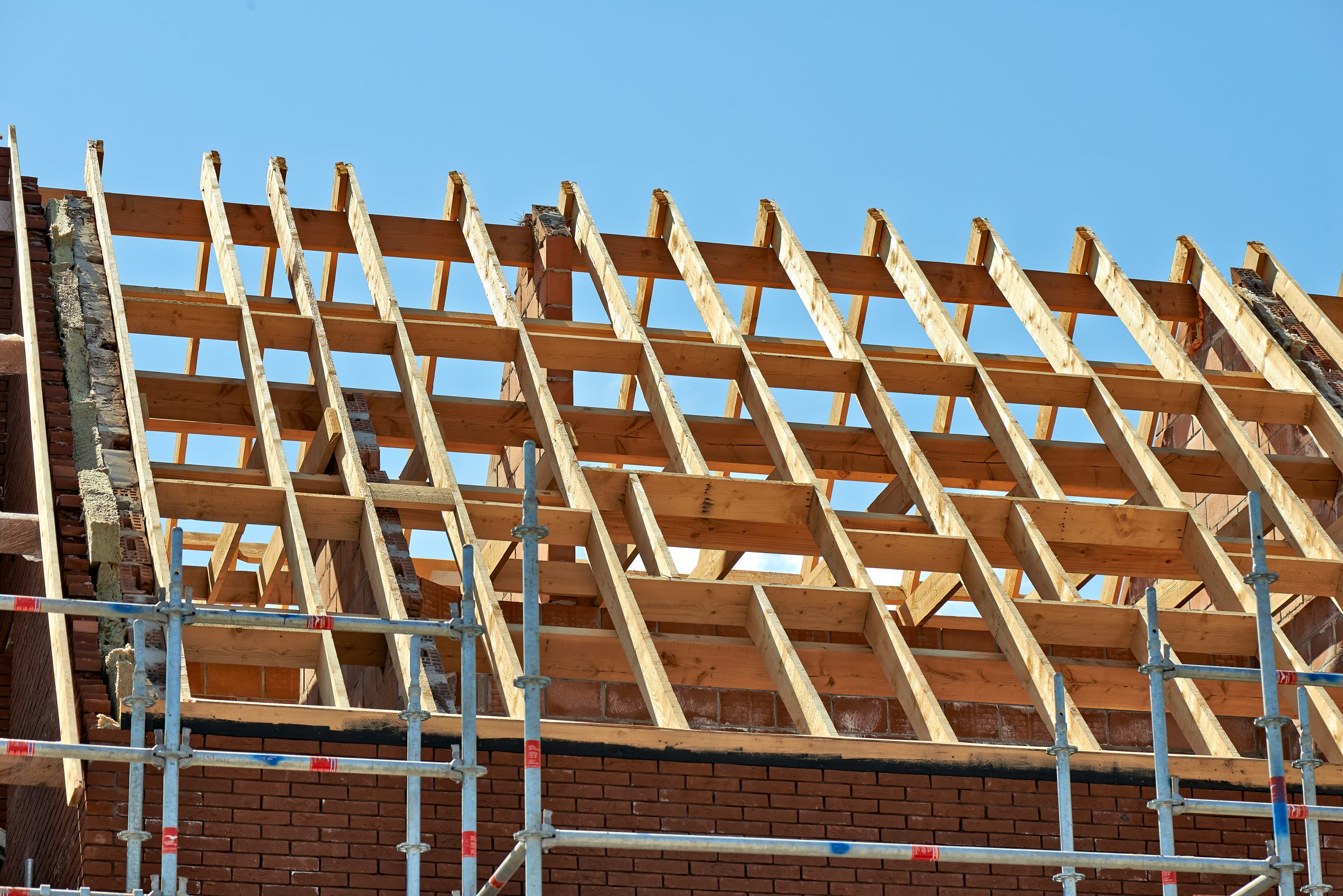The capital of Canada (Ottawa, ON) is a beautiful city with four distinct seasons and some periods of unpredictable weather. In the summer, some places brace for extreme heat, while others are dealing with frigid temperatures. Because of this, many homeowners end up choosing the wrong roofing materials for the climate that they live in. The Canadian climate calls for strong materials that can deal with the highs and lows throughout the year. But which are the best?
Let’s find out.
Look at the Shape of Your Roof
Did you know that the shape of your home’s roof influences how it fares against Canada’s climate? That is why you rarely see flat roofs in Ottawa, since flat roofing is not made to hold up against snow. Most homes are going to have a standard gable roof, where the snow is able to run down the slope and off the sides.
More complicated roof designs can lead to snow piling up in places you didn’t expect, such as nooks. Other things that could make it difficult to drain water and snow include skylights, chimneys, and ventilation. Be sure to discuss these features with a roofing company. The professional will be able to give you advice on which roofing materials complement your roof’s design.
Ottawa’s Best Roofing Materials for Your Home
After looking at your roof, it is time to consider which roofing material you want. There are four roofing materials that standout in the Canadian landscape for their durability and lifespan. They are:
Asphalt
Asphalt shingles are incredibly popular throughout North America. The appeal is the balance between an attractive price and design. There is one kind of asphalt shingle to avoid: 3-tab shingles. These are cost-effective, but they are not rated for the unpredictable weather in Ottawa. Be sure to select architectural shingles, also known as laminates.
Architectural shingles are made of fiberglass and asphalt that has several layers, making them fire-resistant. Since architectural shingles are heavier than 3-tab shingles, they can withstand winds up to 177-193 km/h (110-120 mph). There are also architectural shingles that have been designed with additional impact resistance, so they can withstand hail storms.
When given proper maintenance, most architectural shingles can last between 25-30 years.
Metal
A lot of Canadian homeowners never consider metal roofing, though you really should. Metal has grown in popularity in more recent years, particularly in colder climates. There are many types of metal roofs, including those made from aluminum, copper, zinc, and steel. You can choose between metal shingles, tiles, or standing-seams.
Some metals are better for the Canadian climate that others. Copper and zinc work well in all climates, and they do not need a finish to last 50-70 years. That said, copper is the most expensive, costing twice as much as steel or aluminum. Zinc costs slightly less than copper. Aluminum is perfectly for seaside houses and also those exposed to a lot of moisture, because it will not rust.
The main downside? Impacts from hailstones and other falling debris could dent the metal. Also, you cannot walk on a metal roof like you can with an asphalt one, so installing things like a satellite dish or solar panels is challenging.
Slate
Though slate roofing does have some downsides, it has one huge advantage: it can handle extreme temperatures better than other materials. There are some slate roofs that have lasted over a century, so you know that the investment is worthwhile. In order to have a slate roof, the structure of the roof will need to be thick and sturdy enough to handle the weight of the stone. Otherwise, your roof could start to sag.
Keeping that in mind, there are some undeniable benefits:
- Slate is made of natural stone and is 100 percent fireproof
- Being nonporous, mold and mildew cannot grow on slate
- Slate is not affected by high wind, rain, or ice
- An environmentally-friendly choice
- Slate is aesthetically pleasing and can raise the curb appeal of your home
Concrete
If slate looks to be too much money, then you can consider concrete. Like slate, concrete comes in tiles and are great for both modern and traditional architecture. There is also a great price-quality ratio, since concrete compares to wood shingles in both price and durability. Concrete can even last up to 50 years with minimal maintenance needs.
But why is concrete roofing good for the Ottawa and Canadian climate? Concrete tiles are usually coated with a protective layer that shields against pollution, cold temperatures, dampness, and UV-rays. Moreover, concrete tiles are easier to install than slate, come in a large range of colors and shapes, have great dimensional stability, and have a small carbon footprint. Since concrete tiles are baked, they will also resist shrinking and deforming during manufacturing. They are also waterproof.
As with all roofing materials, there are some disadvantages to consider:
- Concrete tiles are not as long-lasting as clay or slate. They typically last between 35-50 years.
- Concrete tiles usually have a 15-year warranty on appearance and can look drab the older they get
- Concrete is susceptible to moss growth and will need extra protective coatings to prevent this as it ages
Conclusion
Roofing materials are meant to protect our homes from the worst weather Mother Nature has in store for us. By selecting the best materials that are suited for the climate in which you live protects the investment that is your home. In Ottawa, where the summers are hot and winters are frigid, having roofing materials that are less susceptible to temperature fluctuations are the best. That is why you should consider metal, slate, concrete, or asphalt shingles for your home.
Do you need some advice with selecting the best roofing material for your home? Get in touch with us today? Our team of professionals is always available to help you.




0 Comments